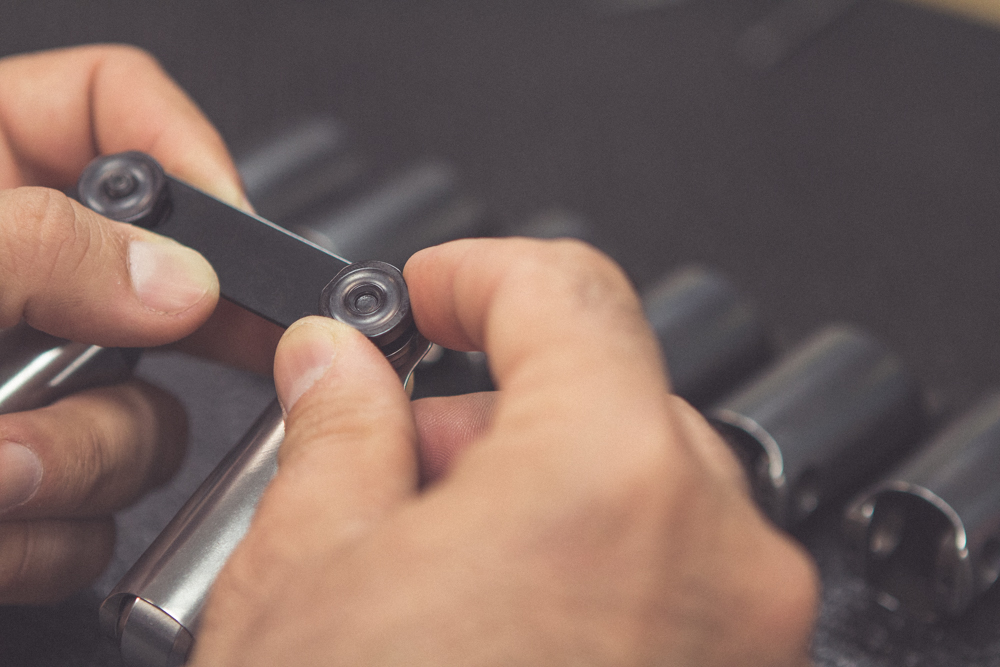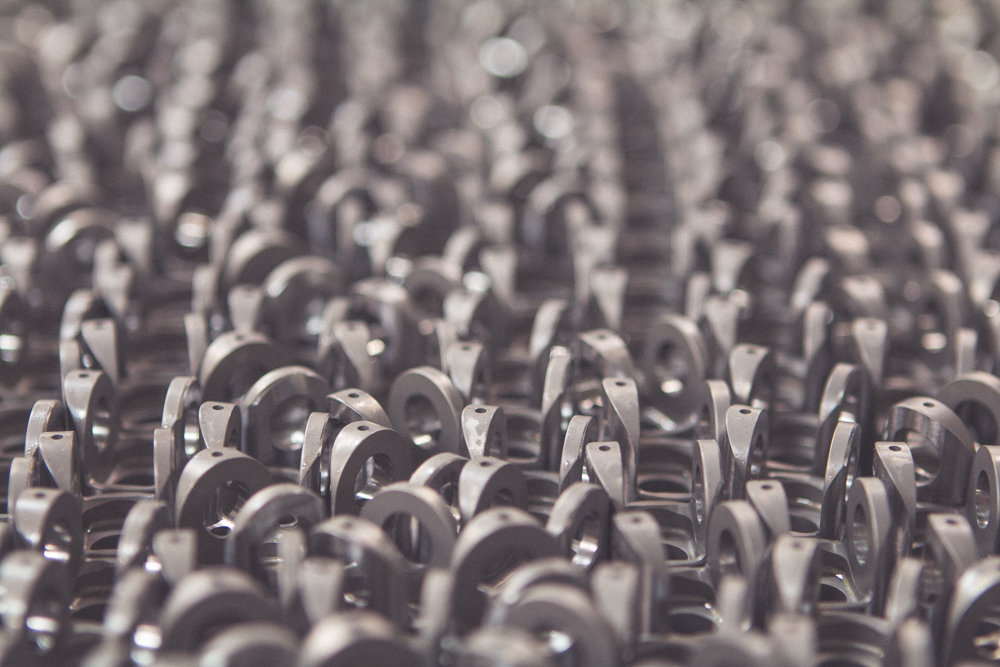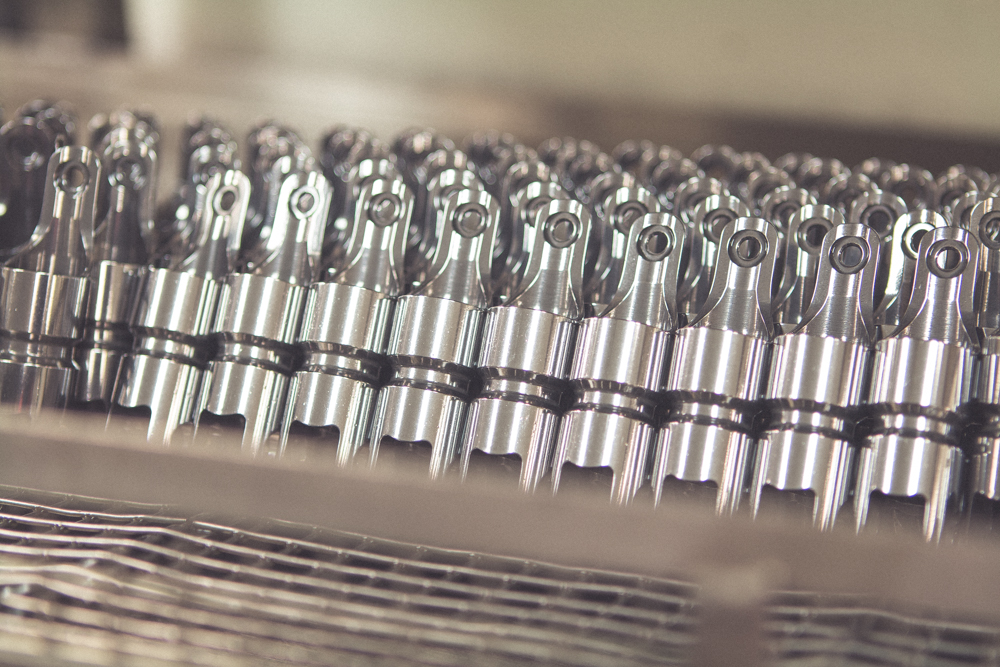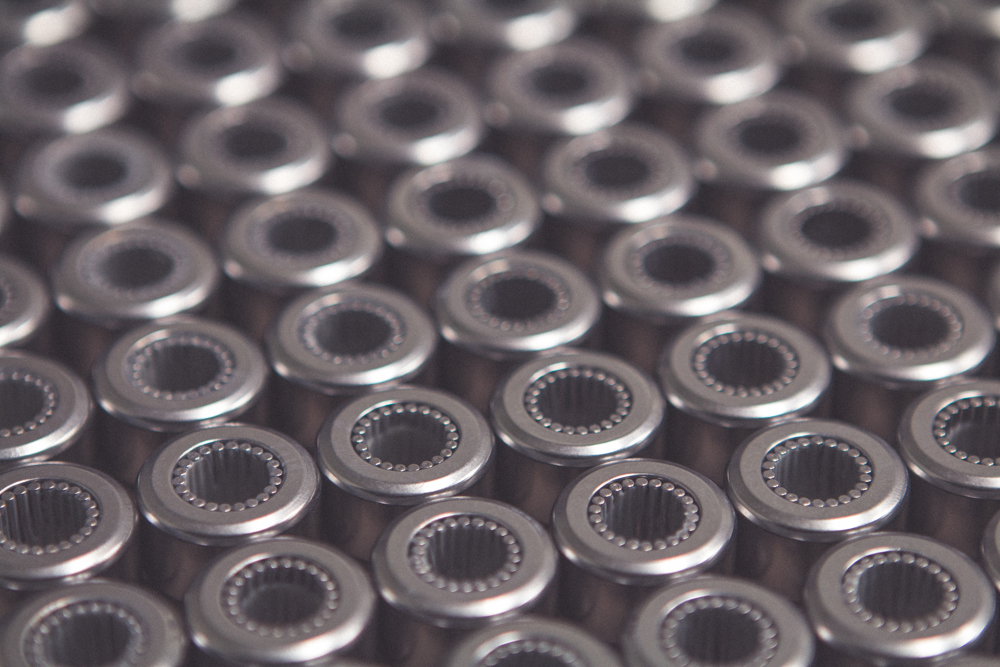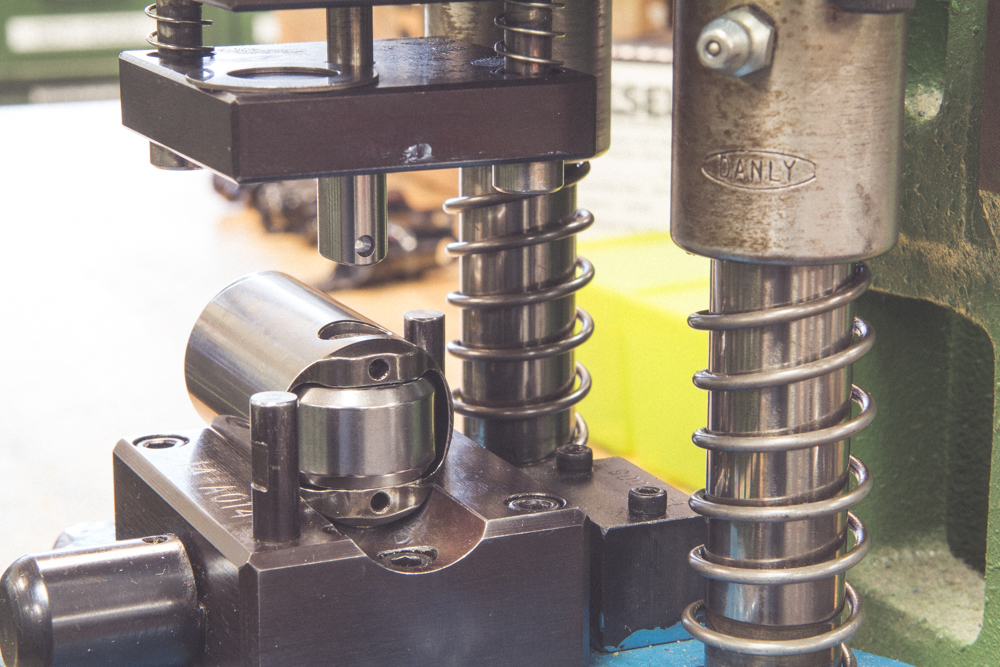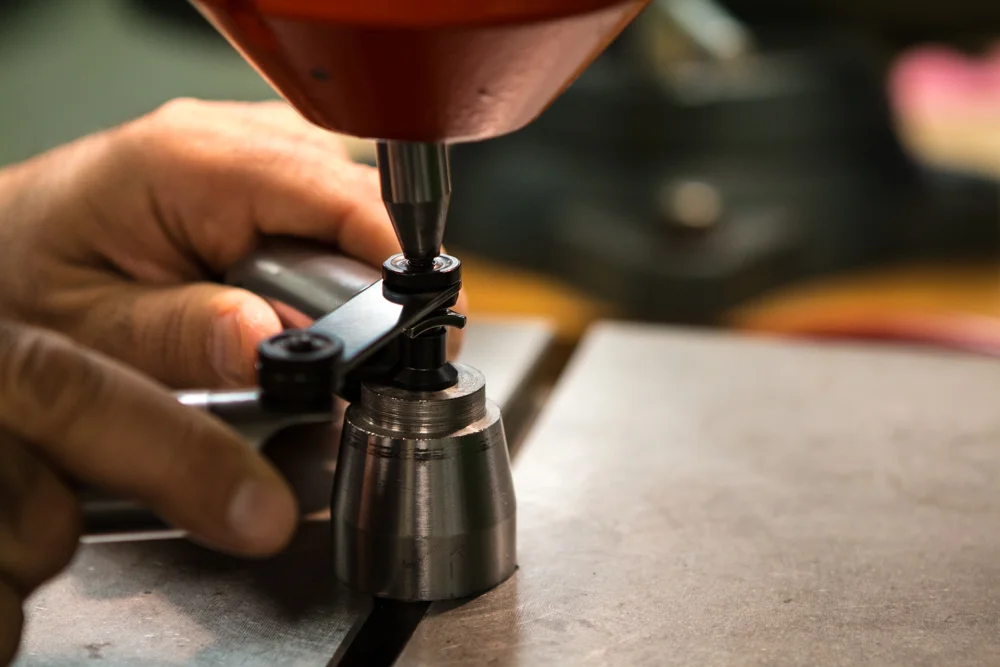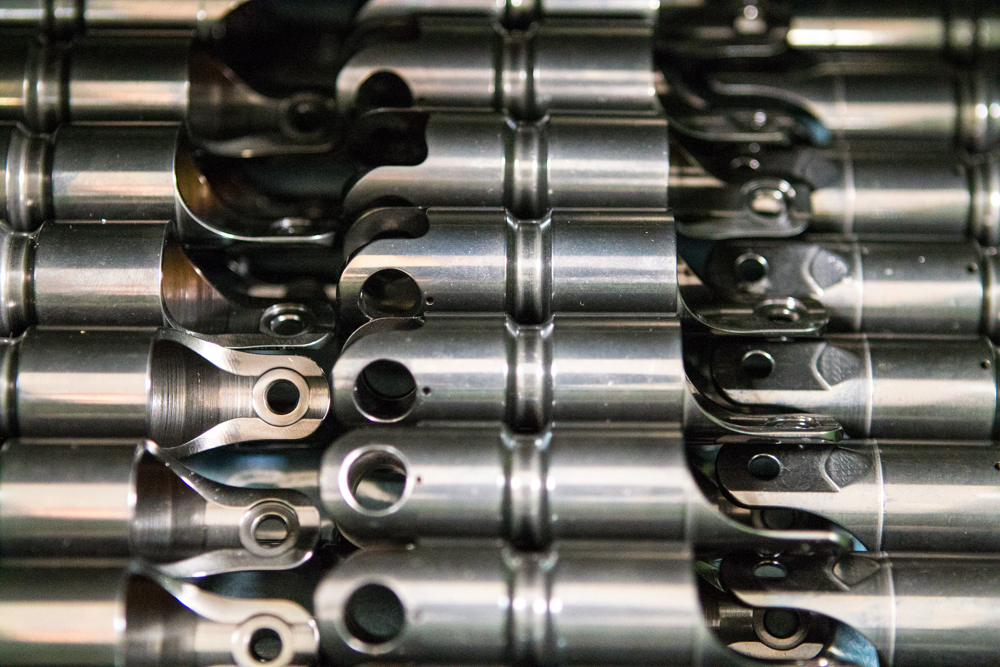Roller Guided
ROLLER LIFTERS
Designed for the most aggressive cam profiles
Engineered to be a simplified version of our Cartridge Lifter, the Jesel Roller Guided Lifter provides the engine builder with the luxury of using the largest diameter roller in applications with bushing size limitations. With a conventional style lifter, the roller diameter is limited to fit within the size of the lifter body as opposed to the Roller Guided Lifter which uses a roller larger in diameter than the lifter body. For example, the largest roller we can physically fit in our .937” Keyway or Tie-Bar lifters is .850” diameter vs. a .975” diameter roller used in the Roller Guided body.
There are several advantages to using a larger diameter roller. As the diameter of the roller increases, the cross section of the roller also increases, which makes for a stronger roller. Larger diameter rollers rotate slower which increases needle bearing and axle life adding to lifter longevity. And, due to reductions in pressure angle against the cam lobe, a more aggressive cam profile can be used.
Jesel Roller Guided Lifters require a unique bronze bushing with an internally milled channel in which the roller travels. Unlike our Keyway Bushings, these bushings do not require special tooling and can be easily pressed into the block and finish honed to size.
Standard Features
Offsets
Available in .875” or .937” diameters
Centered or Offset pushrod seat locations
DLC coated tool steel body reduces friction and wear
Easy In-engine lifter removal
Oil circuit lubes pushrods, roller, cam and needle bearings
Internal lock pin eliminates snap rings
Centered
.100
Specifications
Oil flow should never be restricted to any Jesel Precision Roller Lifter.
Our Roller Lifter Story
Roller lifters had been around for years, being used in various applications such as radial aircraft engines, but when a few progressive engine builders started adapting them to race engines, horsepower and rpm made a huge leap forward. Cam grinders began designing cam profiles with shorter durations and higher rates of lift than a traditional solid lifter could tolerate. The result was incredible power gains especially with the typical modified O.E. style cylinder heads of the day. As valvetrain loads escalated with more lift, rocker ratio and spring pressure, the roller lifter was overtaxed and suffered frequent failures.








